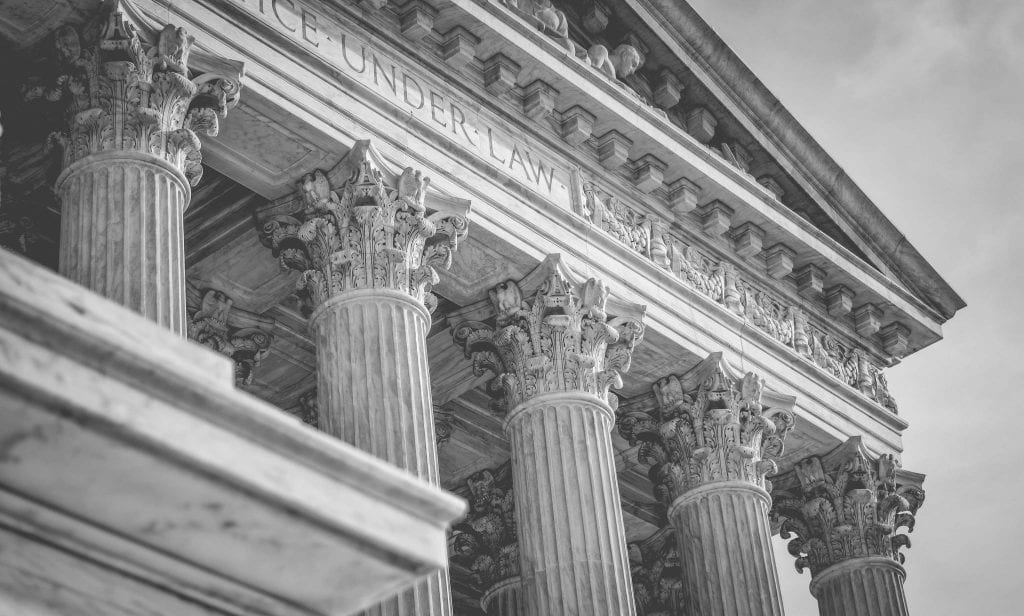Warning: This blog includes content on violent acts against people with disabilities.
Last week, James Quilter was nearly strangled to death last week by his own mother. Quilter, 21, is a nonverbal autistic man with Langer-Giedion Syndrome. His mother became enraged after seeing a mess created by her son. Screaming for him to die, Gidget Quilter pushed James to the ground and choked him in front of her other six children.
Stories like this are not uncommon. Children with disabilities suffer from physical abuse at a rate over four times higher than children without disabilities (WHO). Parents of children with disabilities may lack a nuanced, informed understanding of disability. Lack of knowledge in itself shouldn’t be demonized, but ableist misinformation has dangerous and even fatal results. Abled parents may think of their child’s disability in terms of their own experience, creating selfish motivations with detrimental results. This perspective has led to disability advocacy organizations that are operated by and designed around abled caregivers and parents. In these spaces, the conversation is warped to emphasize “fixing” and eradicating disability instead of empowerment. This perpetuates dangerous stereotypes and justifies people like Gidget Quilter.
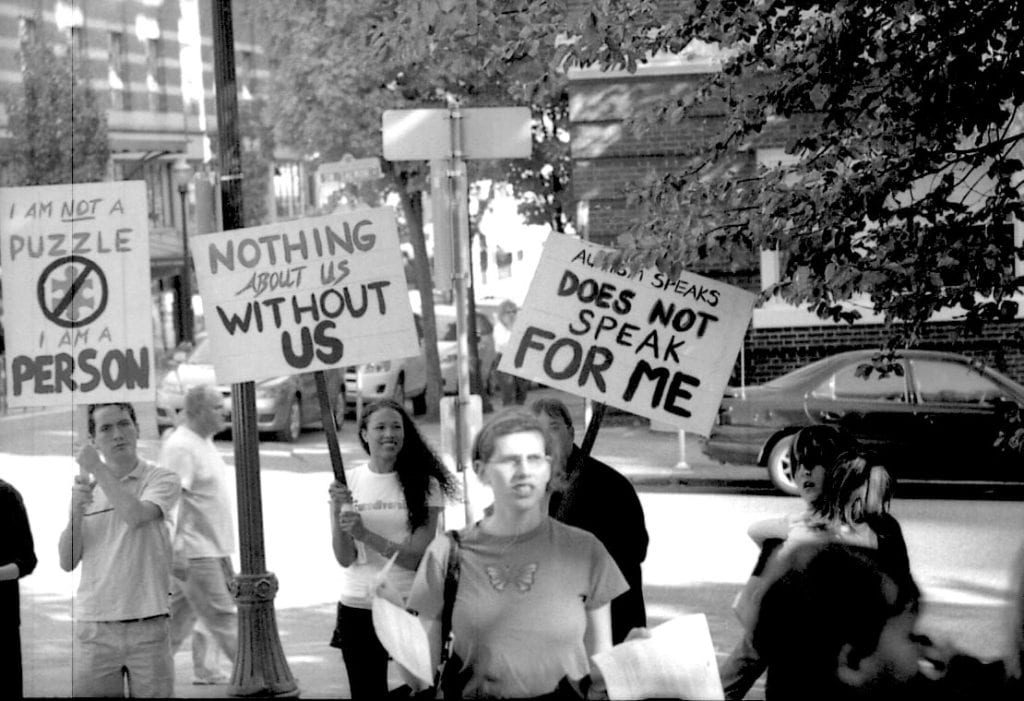
As I have discussed in earlier posts like Disability History: Overlooked but Not Forgotten, ableism is a phenomenon based on implicit negative bias towards disability that is played out on every level of society. Ableism is rooted in widespread bodily expectations of “perfect” ability. All actors within ableist systems have the burden of meeting sociocultural bodily expectations. On an abstract level, anyone not meeting ability expectations is expected to accept the risks that come with perceived weakness/vulnerability; anyone who meets the standard for ability expects immunity for enforcing ability expectations, even if violent. In a society that rewards and idealizes normality, hatred is often directed at anyone showing otherness or “abnormality.” Audre Lorde discusses this frankly in her classic collection, “Sister Outsider.”
“Institutionalized rejection of difference is an absolute necessity in a profit economy which needs outsiders as surplus people. As members of such an economy, we have all been programmed to respond to the human differences between us with fear and loathing and to handle that difference in one of three ways: ignore it, and if that is not possible, copy it if we think it is dominant, or destroy it if we think it is subordinate” (Lorde, 1984:77).
In blogs like the one mentioned above, I chose to leave out details on the suffering of people with disabilities. This was intentional, as I wrote, “It’s exhausting and demoralizing to read about these things as a disabled person. It also encourages unneeded pity from non-disabled people. Though pity may come from good intentions, it only reinforces dehumanizing attitudes.” I stand by this sentiment, especially in the context of empowering historical narratives, but it feels critical to bring attention to violent ableism in its own piece.
Violence is a mechanism by which individuals assert ableism, but not all cases of ableist violence are as visible as the attack against James Quilter. Violence, according to Galtung, is enacted when “human beings are effectively prevented from realizing their potentialities,” (1969:170) or when there is an ability to avoid harm that is neglected in favor of others’ benefit. This encompasses deprivation of health through personal violence (direct violence) and social injustice (structural violence). Personal or direct violence is further understood as having both physical and psychological components. In the following subsections, I will identify psychological/internal violent ableism, physical/direct violent ableism, and the structural violence of ableism. All of these elements compound into a fundamentally ableist world in which people with disabilities face endless barriers to empowerment and liberation.
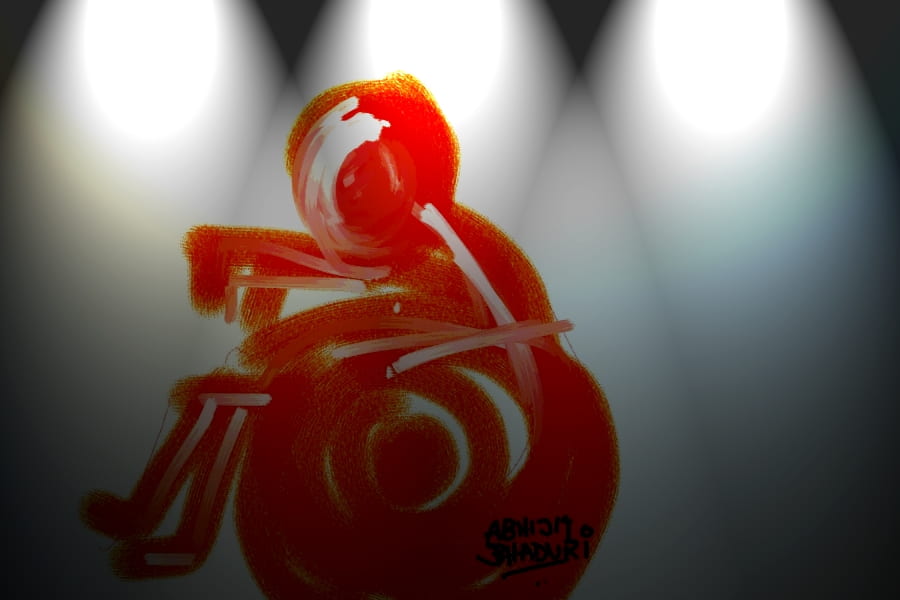
Psychological / Internal Violence
Disability has long been viewed as a deficit in ability, with blame for impairment placed upon the disabled individual. This framework instills a deep sense of inadequacy and shame for people with disabilities, amplifying when the disabled individual relies on the assistance of others or social welfare programs. Internally, shame is generated by the weight of burdening others in societies that assign value to self-sufficiency. Shame reinforces a lack of self-esteem that further impedes participation in society. This process has been disrupted with personal empowerment made possible with the social model of disability. Per Tom Shakespeare, “The problem of disability is relocated from the individual, to the barriers and attitudes which disable her. It is not the disabled person who is to blame, but society. She does not have to change, society does. Rather than feeling self-pity, she can feel anger and pride,” (Shakespeare, 2006:200). Read more IHR blog posts about the social model of disability here and here.
This has been revolutionary for the empowerment of disabled people, but society at large has not yet embraced this perspective. Ableist bias runs deep and is clearly manifested in the discrimination and exclusion of people with disabilities in society.
Direct Violence
In part due to these fears and biases, persons with disabilities overwhelmingly experience disproportionately high rates of direct violence. Davis writes, “People with disabilities have been isolated, incarcerated, observed, written about, operated on, instructed, implanted, regulated, treated, institutionalized, and controlled to a degree probably unequal to that experienced by any other minority group” (2006: xvi). Per the National Crime Victimization Survey conducted by the U.S. Bureau of Justice Statistics, “the rate of violent victimization for persons with disabilities was at least 2.5 times the rate for those without disabilities.” Disabled women face violent victimization at a rate of 32.8 per 1,000, compared to abled women at 11.4 per 1,000 (Harell, 2017).
The disaggregated nature of the disabled community translates into a preponderance of data for specific impairments. For example, people with cognitive/developmental disabilities are up to ten times more likely to be victims of crime, and often face repeat victimization (Petersilia, 2000). Per the same source, sexual assault rates for women with developmental disabilities are over fifty percent higher than in the general population. This is partially due to the physical vulnerability of people with disabilities but can also be tied to broad assumptions that dehumanize disabled people as well as structural factors that increase vulnerability. A study published in the Journal of Interpersonal Violence found that “structural violence was shown to underpin all other forms of interpersonal violence,” which, they further conclude, increases the vulnerability of persons with disabilities in addition to isolating them from society (Neille and Penn, 2015).
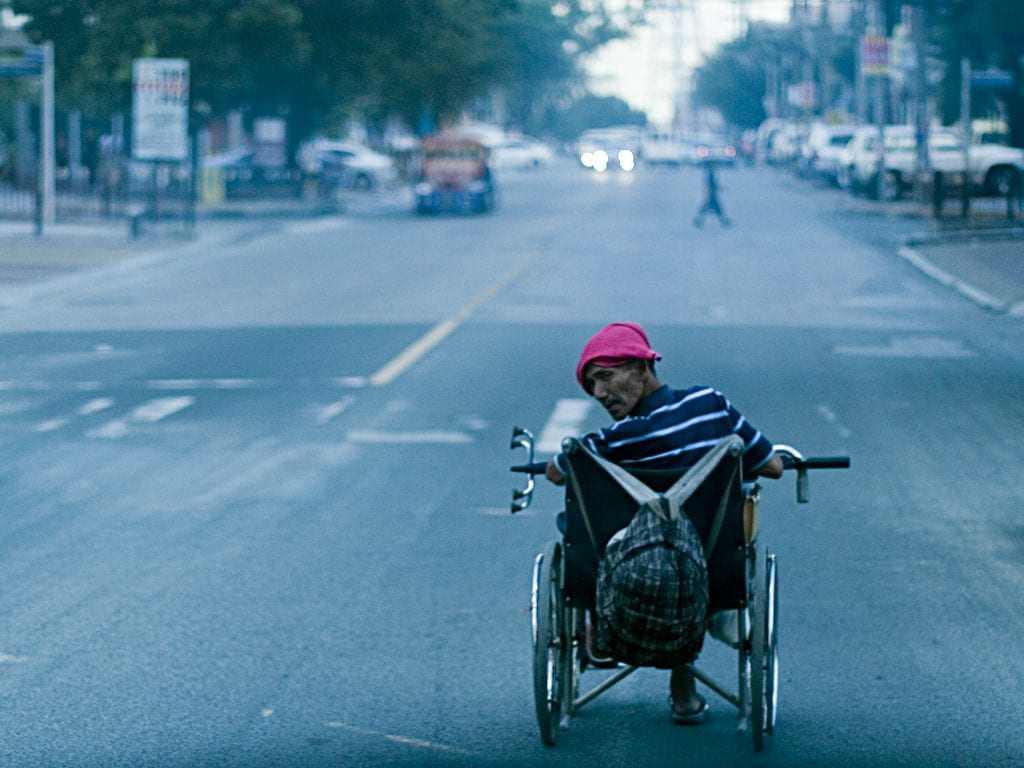
Structural Violence
Structural violence is more difficult to identify and prohibit than direct physical violence, and its impacts are much deeper. Injustice is built into the structure of our world, which “shows up as unequal power and consequently as unequal life chances” (Galtung, 171). Centuries of global ableist conduct explains why the structural violence of ableism is so deeply wrought, and why it is such a challenge to identify the full extent of its power. I will attempt to explain the roots of ableism, violence as an enforcing mechanism, and the current manifestations of this structure.
Disability cannot be an “other” unless conceptions of the body are expected to fit some standard or ideal physical form. In other words, deviance can hardly be defined outside of its distance from an ideal. Though modern culture is normalized to judge anything by its “average” or “normal” form, these concepts are relatively new. The field of statistics gained steam in the early 19th century, heralded by a group of European eugenicists looking for a way to improve humanity – first by establishing an ideal for mankind, and then acting to eliminate wrongful deviations. “Eugenics became obsessed with the elimination of ‘defectives,’ a category which included the ‘feeble-minded,’ the deaf, the blind, the physically defective, and so on” (Davis, 2006). The hierarchical conceptualization of the body was used to uphold classist structures and elite institutions of power.
These ideas, aided by the popularity of social Darwinism, became prevalent and were applied into political, social, and legal institutions – effectively cementing structural ableism.
Impacts of Structural Ableism
Reproductive violence is a significant type of violence enacted against disabled people on a structural level. Forced sterilization is a major component of this. People with disabilities have historically been forced to undergo sterilization in a variety of countries and time periods, including 20th century America. By 1931, nearly thirty states had compulsory-sterilization laws, aimed at “the insane, ‘feeble-minded,’ sexual perverts, drug fiends, drunkards, epileptics, and ‘other diseased and degenerate persons,’” (Hubbard, 2010:95). The fact that so many states implemented compulsory-sterilization laws is a testament to the pervasiveness of ableism. This foundation was laid in the 19th century but, like many other forms of systematic oppression, is continuously self-reinforcing.
“In the case of disability, [oppression is reinforced] by a circuitry of power and ideology that constantly amplifies the normality of domination and compresses difference into classification norms… of superiority and normality against inferiority and abnormality.” (Charlton, 2006:225).
Unchecked ableism has created a world in which people with disabilities face endless barriers to empowerment and liberation. One major mechanism of ableist structural violence is economic injustice; this, perhaps, has been the most recognizable form of indirect violence for disabled people. Poverty is both a cause and a consequence of disability, forming the disability-poverty circle. Over 27% of individuals with disabilities live in poverty in the United States – nearly double the 12.5% rate for the general population (Wohl, 2014:3). Discrimination in employment, inaccessible urban environments, and lack of accessible transportation make it incredibly difficult for people with disabilities to generate an adequate or stable income. Lack of insurance with overpriced medical bills often exhaust disabled peoples’ resources, while restrictive qualifications for government assistance complicates life further.
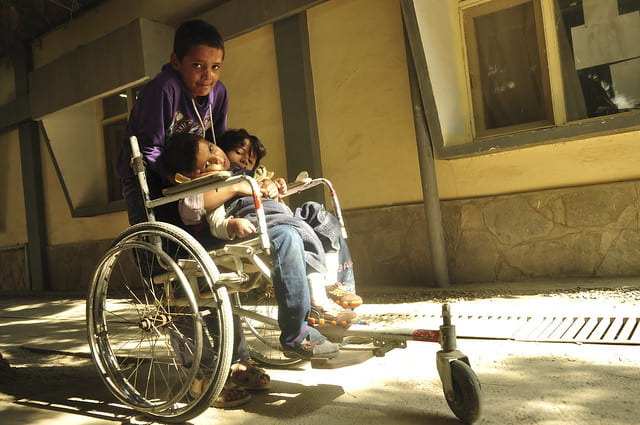
Globally, disabled people, particularly in periphery countries, are “the poorest and most powerless people on earth,” (Charlton, 2006:218), facing a compendium of internal, interpersonal, and structural violence. Political economy is a critical area to investigate here, being the system that informs the hierarchy of wealth/poverty, production/exchange, power and privilege. The political economy has evolved to be ruled by “laws of capital and profit,” (Charlton 2006:218) with no room for deviation, impairment, or mercy.
Conclusion
Persons with disabilities face violence at the psychological/internal level through shame and stigma; at the interpersonal level through direct/physical violence between individuals; and at the structural level through norms that “otherize” deviance, discriminatory policy, and institutions like the international political economy. Violent ableism is an intentional mechanism to reinforce elitist structures of power that benefit “superior” groups and eradicate “inferior” deviants. Ableism is a self-perpetuating cycle that operates through internal assumptions, individual interactions, and structural manifestations in policies and institutions.
Structural ableism will stay rooted in place until positive peace for the disability community is actively pursued at every level – challenging internal bias, practicing social compassion, and preventing future manifestations of ableist structural violence through the destruction of that system and the active, inclusive construction of a better one. Stay tuned to the IHR’s Facebook and Twitter for my next blog on what positive peace for the disability community looks like, and how we can achieve it.
Works Cited
Charlton, James I. “The Dimensions of Disability Oppression: An Overview.” In Lennard J. Davis, Disability Studies Reader, 2nd ed, 2006, pp. 217-230.
Davis, Lennard J. “Constructing Normalcy.” Disability Studies Reader, 2nd ed, 2006, pp. 3-16.
Davis, Lennard J. “Disability Studies Reader,” 2nd ed, 2006. Routledge, Taylor & Francis Group. New York, NY,
Finkelstein, Vic. “To Deny or Not to Deny Disability.” In Handicap in a Social World, edited by A Brehin et al. Sevenoaks: OUP/Hodder and Stoughton. 1981.
Galtung, Johan. “Violence, Peace, and Peace Research.” Journal of Peace Research, vol. 6, no. 3, 1969, pp. 167–191. JSTOR, JSTOR, www.jstor.org/stable/422690.
Harell, Erika. “Crime Against Persons with Disabilities: 2009 – 2015 Statistics.” National Crime Victimization Survey, Bureau of Justice Statistics, 11 June 2017.
Lorde, Audre. “Sister Outsider – Essays and Speeches.” The Crossing Press, 1984.
Shakespeare, Tom (2006). The Social Model of Disability. In Lennard J. Davis (ed.), The Disability Studies Reader, 2nd ed., 2006, pp. 197-204.
Patterson, Cynthia. “‘Not Worth the Rearing’: The Causes of Infant Exposure in Ancient Greece.” Transactions of the American Philological Association (1974-), vol. 115, 1985, pp. 103–123. JSTOR, JSTOR, www.jstor.org/stable/284192.
Wohl, Alexander. “Poverty, Employment, And Disability: The Next Great Civil Rights Battle.” Human Rights, vol. 40, no. 3, 2014, pp. 18–22. JSTOR, JSTOR, www.jstor.org/stable/26408468.

